Body
(Re)colonizing Tradition
A Pedestrian Guide to a "Traditional" City
Welcome to Bhaktapur
[1] The Tea Stall at Guhepukhu
[2] Nava Durga Chitra Mandir
[3] Khauma Square
[4] Tourist Motor Park
[5] Indrani Pitha
[6]Lasku Dhwakha Gate
[7]Char Dham
[8]Cafe de Temple
[9]Batsala Temple
[10] Batsala Temple
[11] City Hall
[12] The Procession Route
[13] Pujari Math
[14] The Peacock Restaurant
[15] Sewage Collection Ponds
[16] Bhairavanath Temple
|
Nepal as a Pure and Isolated Space
It is in the context of the American polity with its still lingering Cold War strategy of containment, as well as the proliferation of development discourse¹s mechanisms of control and hegemony, that we can understand why Nepal was hit especially hard by development. The end of the British Raj in India also brought about the end of the Ranas, the de facto leaders of Nepal between 1846 and 1951. Since the rhetoric that had dethroned the Ranas was democratic, rule by the Shah dynasty could no longer be legitimated through legislation such as the Muluki Ain. But there is a second reason why the myth of development has been so virulent in Nepal. American social scientists, economists, and administrators have poured millions of dollars into Nepal because they viewed the nation as tradtitional: a traditional "blank slate" unaffected by modernity or colonialism. As Kelly Kammerer, the Director of the USAID¹s Mission to Nepal, wrote in the foreword to Four Decades of Development, "Few, if any, developing countries were as unexposed to the modern world as Nepal." This led to them "presenting an unrealistic vision of Nepal as a pure and isolated space."
  
|
Maps
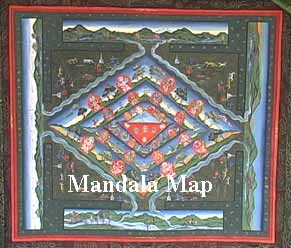
Mandala Map
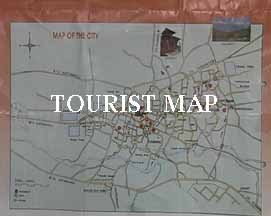
Tourist Map

Government
Map
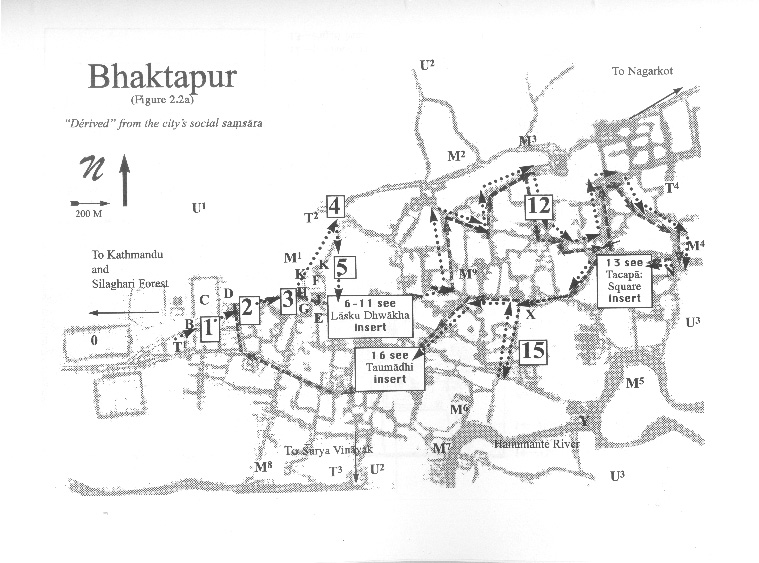
Pedestrian
Tour Map
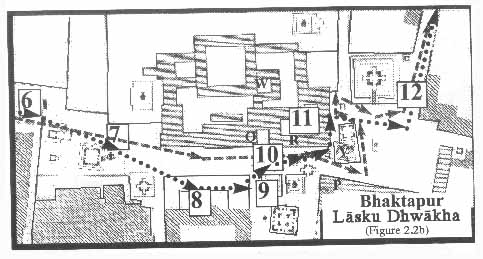
Bhaktapur
Durbar Square
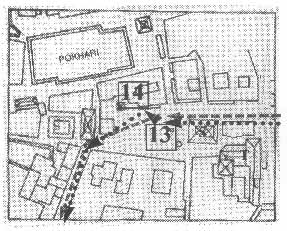
Tacapa Map
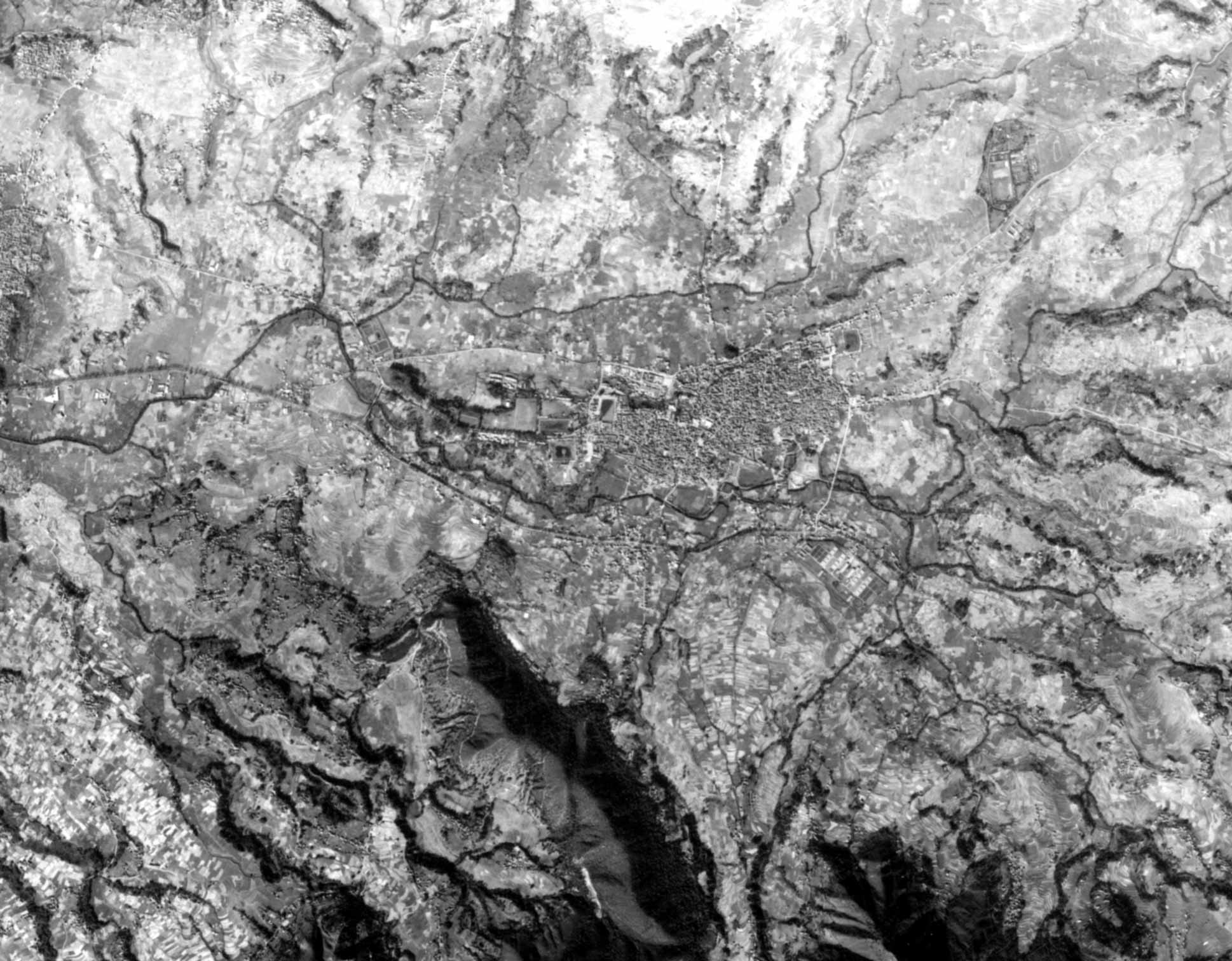
Satellite
Photograph
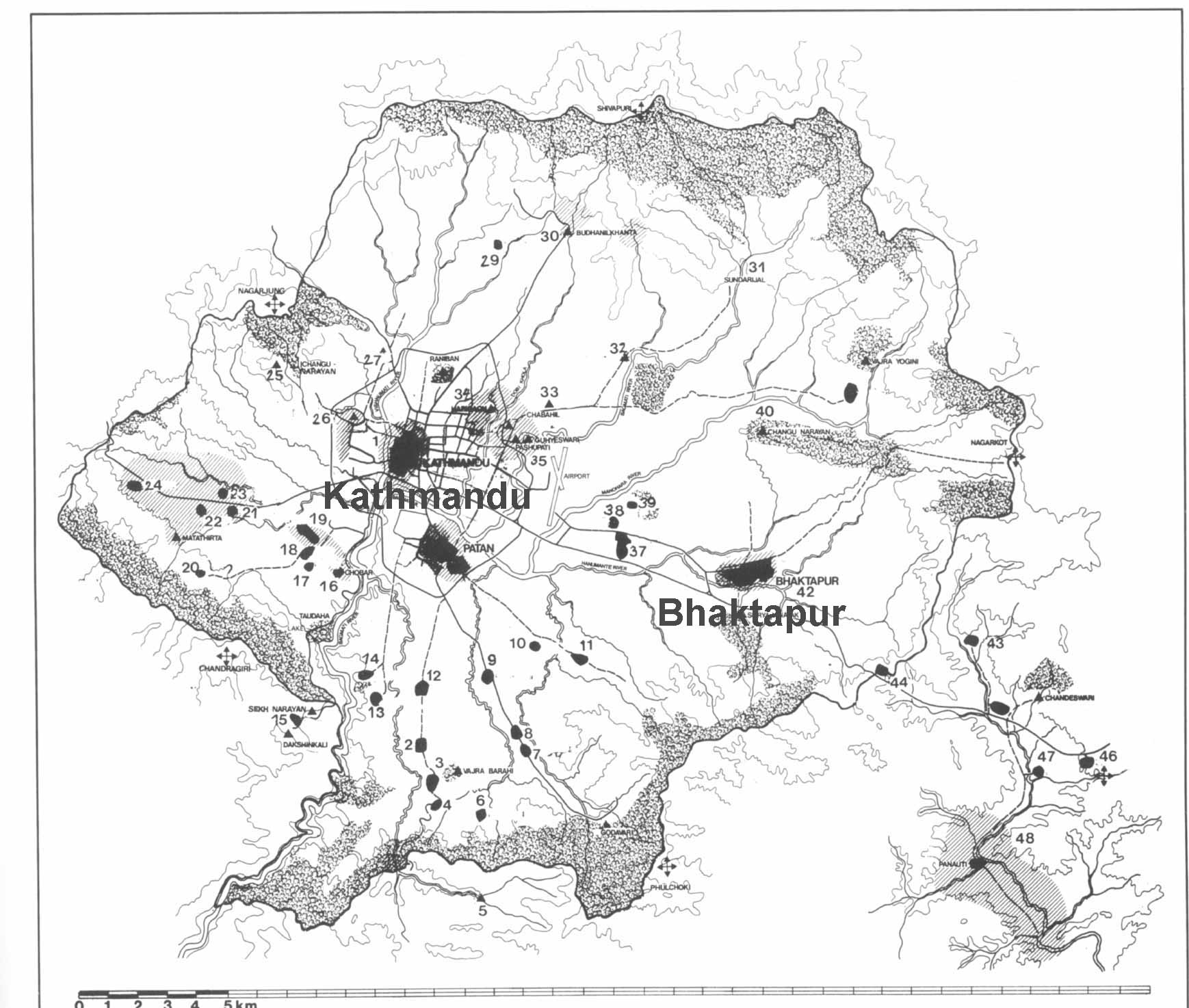
Kathmandu
Valley
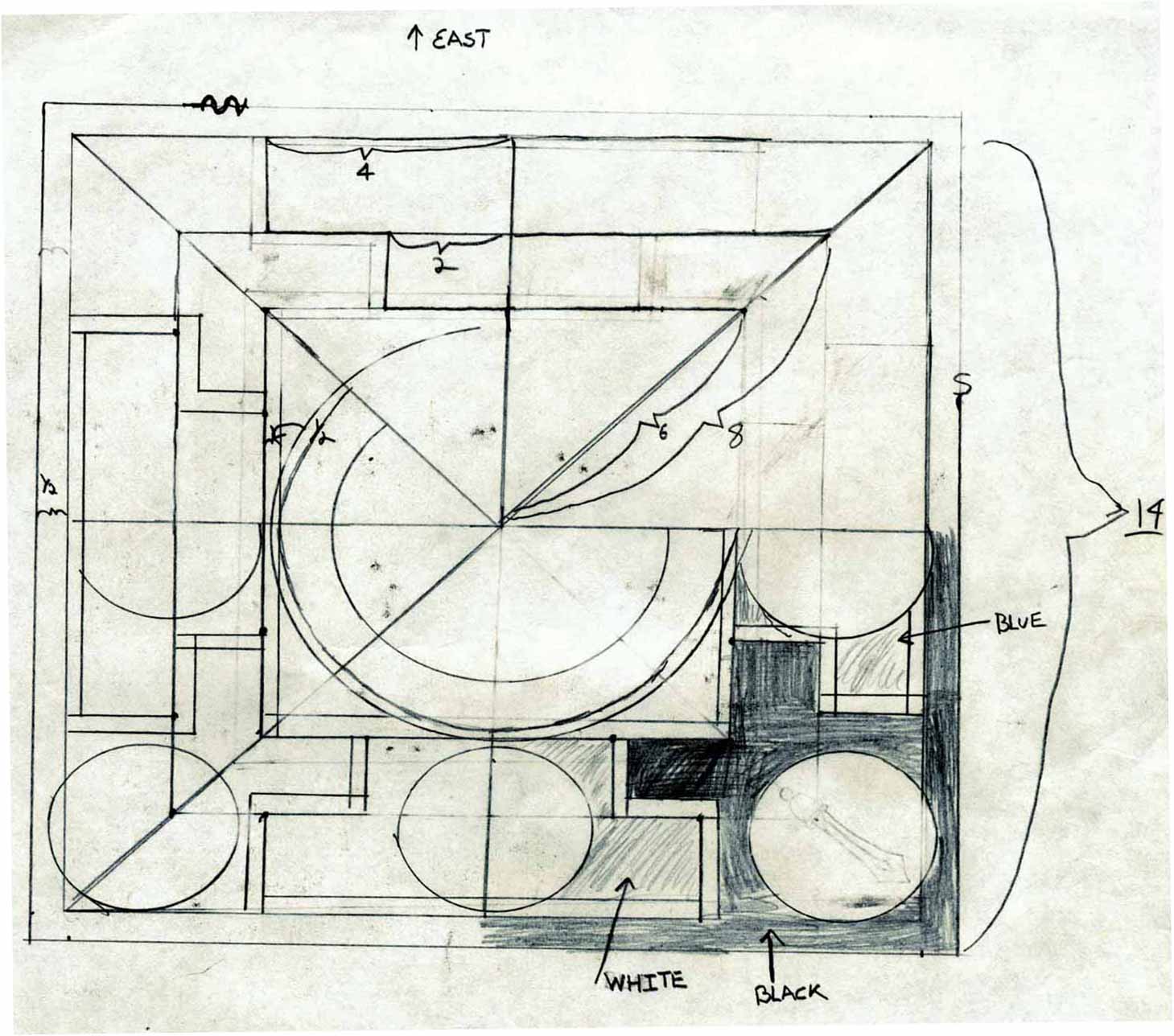
Goddesses
|